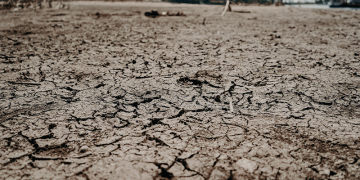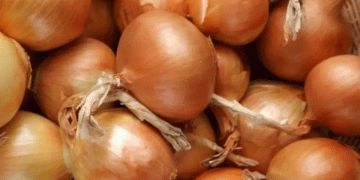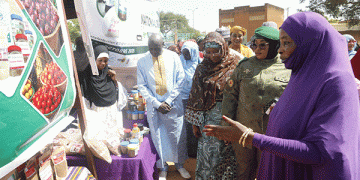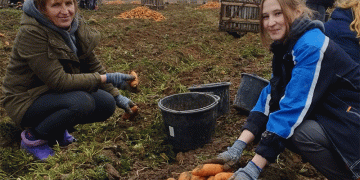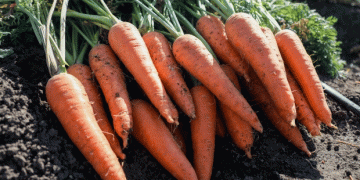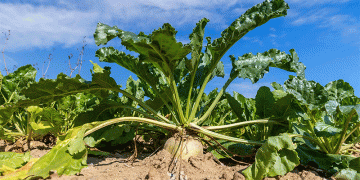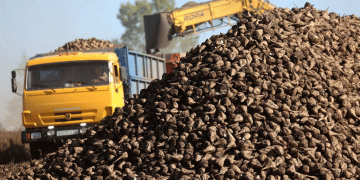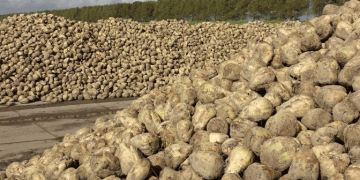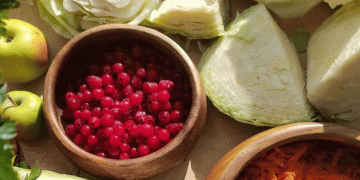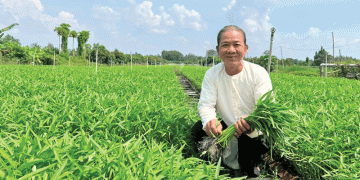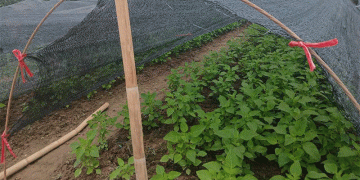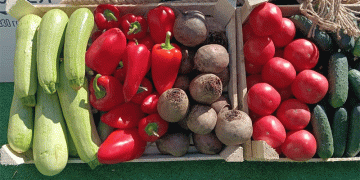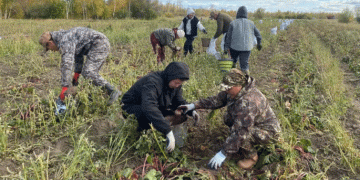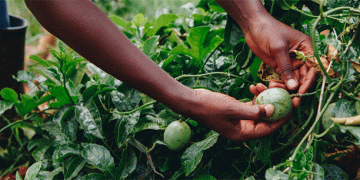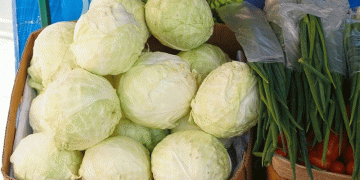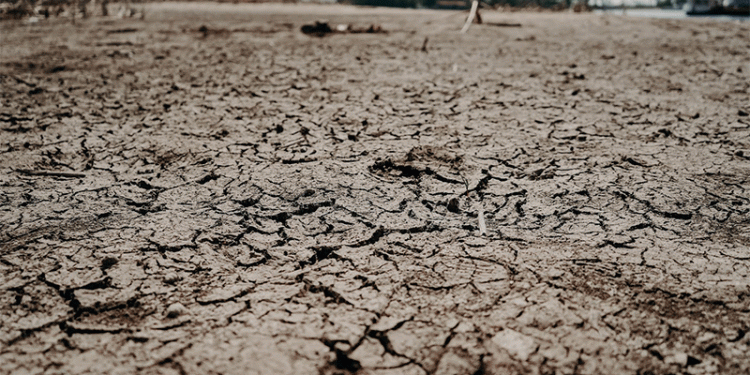According to the National Union of Agricultural Insurers (NUAI), the global agricultural insurance market is expected to expand from $47 billion to $66 billion by 2030. This growth spans major agricultural regions, including the Americas, Europe, and Asia. In Russia, the sector has been steadily growing since 2018, with crop insurance areas quadrupling over seven years.
Korney Bizhdov, President of NUAI, highlighted this trend at the International Roundtable on Agricultural Insurance, noting that while premiums have also quadrupled, climate volatility remains a key driver for further expansion.
Extreme Weather: A New Normal for Farmers
In 2023, Russia declared states of emergency 28 times across 35 regions, up from 18 emergencies in 16 regions in 2022. May frosts alone damaged over 1 million hectares of crops, with another 700,000 hectares severely affected (Ministry of Agriculture data).
Tatarstan, though not under an official emergency, suffered losses: 5,000 hectares of sugar beet and rapeseed were damaged by sub-zero temperatures. On May 13, Kazan recorded a historic low of -2.4°C, with rural areas plunging to -8°C.
Fruit growers were hit hardest, losing 13,600 hectares of orchards. In 2024, frosts triggered emergencies in Belgorod, Voronezh, and Rostov regions, damaging 5% of Russia’s fruit-bearing areas.
Government and Insurance Responses
Sergey Mitin, Deputy Chair of the Federation Council’s Agricultural Committee, emphasized new Ministry of Agriculture guidelines for insuring apple and stone fruit orchards, including adjusted yield calculations and coverage for substandard produce.
Since 2022, a simplified emergency insurance program has expedited payouts, with 1 billion rubles disbursed within a month for frost-damaged winter crops. This rapid support helped farmers replant, contributing to Russia’s fifth-largest harvest on record in 2023.
Drought and Desertification: A Looming Crisis
In Tatarstan, a July 2023 drought emergency saw just 15 mm of rainfall against a 60 mm average. Stavropol Krai, a major grain producer, lost 1 million tons of grain to drought and hail. Over 60 years, the region’s average temperature rose by 1.4°C, while annual precipitation dropped by 20 mm.
To combat drought, Stavropol allocated 38 million rubles for cloud-seeding flights, a technique boosting rainfall by 40% in past trials. Yet, 241,000 hectares of land are nearing desertification due to over-farming and degraded windbreaks.
Global Warming and Disease Risks
Oleg Kobyakov of the UN Food and Agriculture Organization (FAO) warned that Russia is warming 2–2.5 times faster than neighboring regions. Water scarcity exacerbates challenges, even in areas near the Volga and Don rivers.
Livestock insurance has tripled since 2018, covering 47% of Russia’s herd (14.8 million head). However, African swine fever (since 2007) and avian flu (since 2014) remain unresolved threats. FAO recommends aligning with China, India, and Japan, where 80–85% of livestock is insured.
Climate volatility is making agricultural insurance indispensable. With rising frosts, droughts, and diseases, farmers must leverage state-backed programs and innovative mitigation strategies—like cloud seeding—to safeguard productivity. As global markets expand, Russia’s agricultural sector must accelerate insurance adoption to match leading Asian economies.
